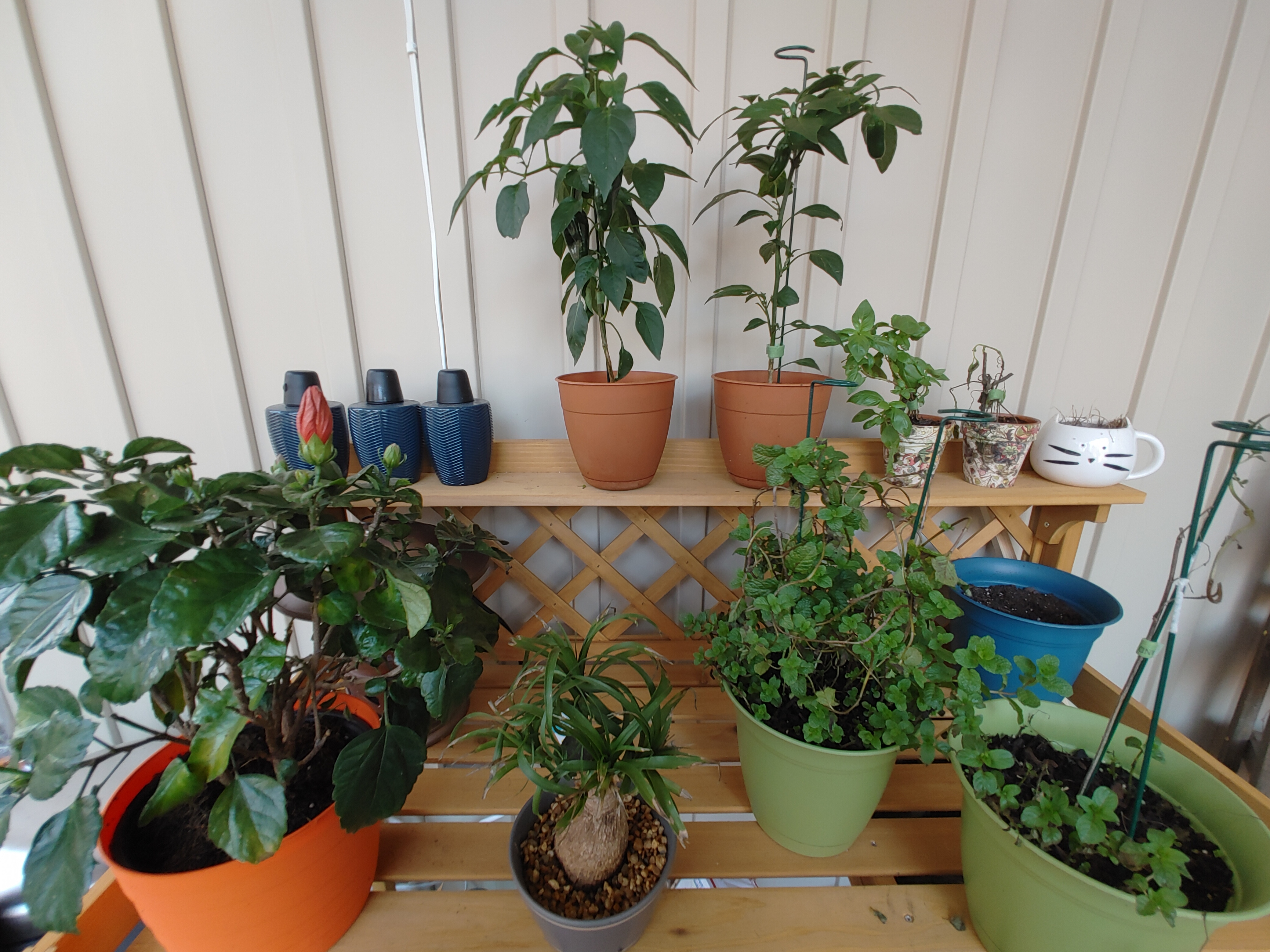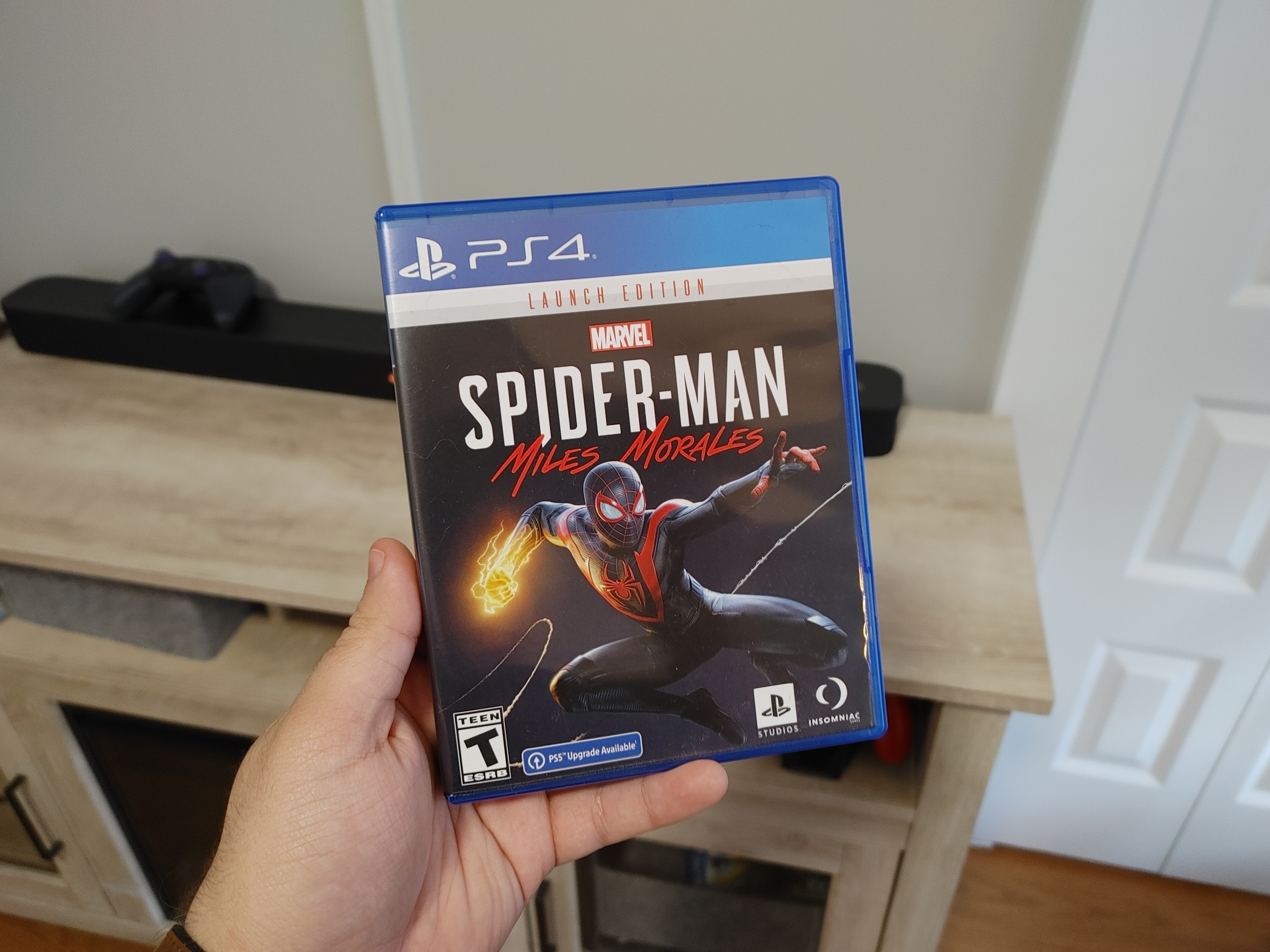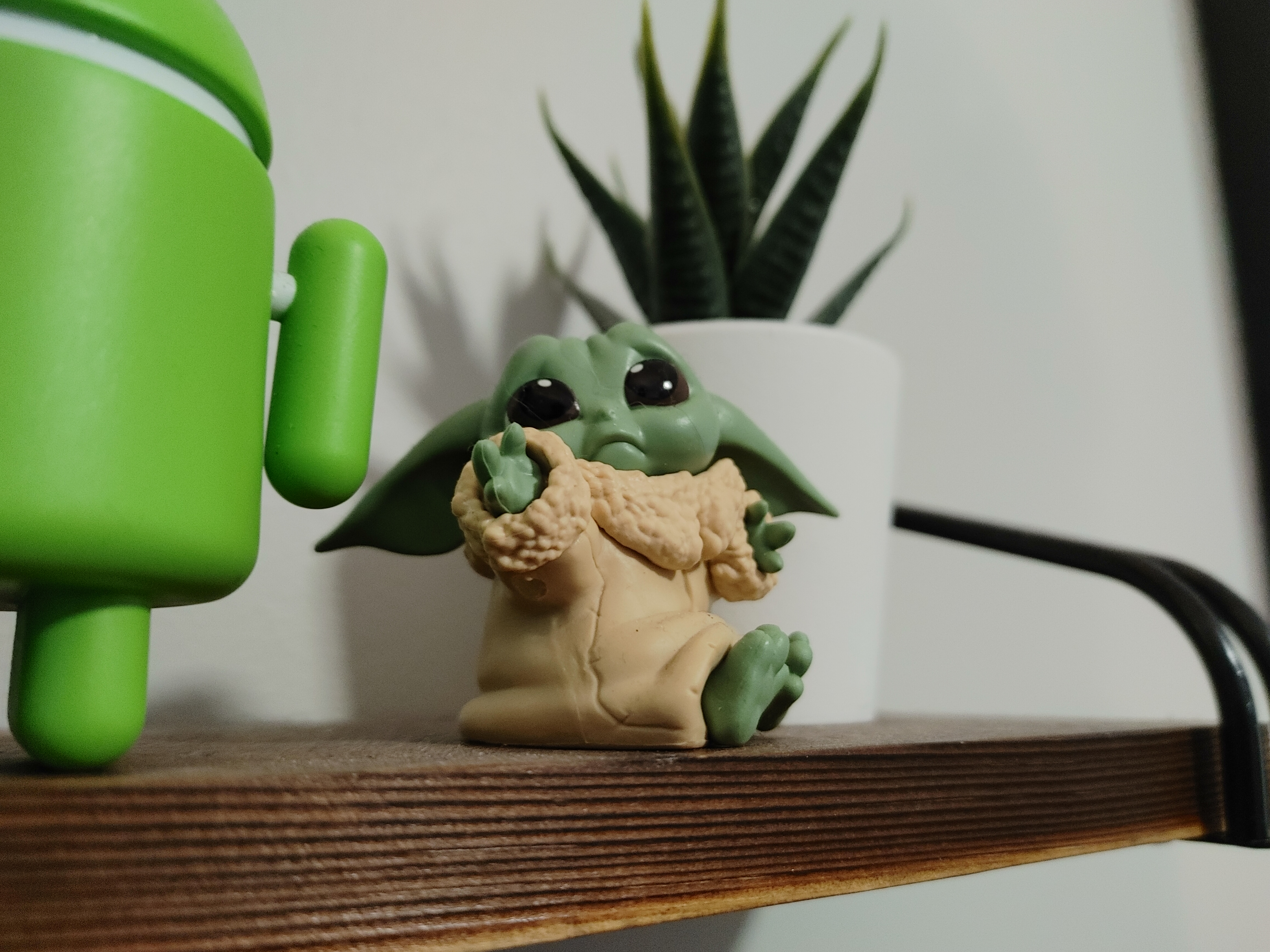
Smartphone design over the past few years has hit a bit of a plateau. There’s only so much you can do with a glass slab after all. While other OEMs are pushing foldables as the future, LG had the bright idea of coming up with some unique designs and throwing them at the market to see if they stick. The LG Wing is the first of those devices with its wacky swivel design and… it’s quite something.
What’s up with the swivel screen?
Having more screen real estate on hand is always useful, but LG’s take on that with the Wing is pretty odd, to say the least. The standard, 6.8-inch display moves out of the way to reveal a smaller, nearly 4-inch panel.
When the screen swivels out, it does so with a consistent movement that has a “buffer” at the end to prevent the screen from hitting too hard. It’s a nice, satisfying movement, although it can be a bit of a chore to accomplish if you hold the phone in your left hand. Closing the screen brings it back down with a delightful “thunk.” You can feel a bit of movement on the screen from time to time when you don’t mean to, but the mechanism here is impressively strong and well done.
In the software, LG has a standard homescreen when the Wing is closed, but when it opens up you get a traditional layout on the bottom screen with a unique carousel design on the top. You can swipe up to get the full app drawer on either display, and overall, this system works well. Personally, though, I wish the top screen would use a traditional layout instead of the space-wasting carousel.

You can hold the phone at almost any orientation with this to use it differently, but what can you actually use it for?
One of the biggest use cases LG pushes is the camera. There’s a super-wide-angle camera on the back of the phone that, with the help of the second screen, acts as a gimbal. You can use a virtual joystick on the bottom display to move the point of view and stabilization is at its highest levels. It’s a really clever idea that could really come in handy for content creators!

Beyond that, though, there are more use cases. LG has an “app pair” feature that allows users to group certain apps together to open them up on each screen more quickly. Examples of this could be YouTube and Twitter when at home, or Google Maps and Spotify when you’re in the car. Almost any app will work on that bottom smaller display, too, but some will work better than others. You’ll have to manually enable most apps, though.

You also get a different quick settings menu on the bottom display. It has options for brightness and volume — the latter appreciated since it’s hard to hit the volume buttons when the big screen is swiveled out. There’s also a shortcut for “Grip Lock” that turns off the bottom display and “Touchpad” that quite literally lets you use the bottom display as a trackpad, complete with a cursor on the top display.

At first, I really didn’t get the LG Wing. I couldn’t understand anyone this phone was for and I was ready to write it off as a one-off device that hardly anyone should buy. That was until I showed the device to a friend of mine whose eyes I quite literally saw light up with excitement over what the Wing brings to the table.
This friend of mine watches videos on his phone almost constantly, something his wife was quick to remind him of. Because of that, the Wing is actually a pretty ideal smartphone for him. He can enjoy his videos in full screen on the top, larger display while still having access to messages and other apps on the smaller second screen. I think many of the use cases for this setup are gimmicky, but with this one I can really see how useful it would be. That ability quite literally sold my friend on a Wing, to the point where he’s ditching his iPhone to get it.

Does that mean the Wing is a phone everyone should buy? Absolutely not. Compromises such as the reduced water resistance and the lack of protective cases means that most people should stick with regular devices. However, there clearly is a market for this device, as small as it may be.
And really, that was the whole point. The LG Explorer Project is all about coming up with crazy ideas and throwing them at customers to see what sticks. I’m not sure the Wing will be popular enough to justify a sequel, but it’s the start of something great, and I can’t wait to see what comes next.
All of that said, we need to talk about the rest of this phone, because a neat swivel screen would be pointless without a decent smartphone to back it up. The good news? It’s a pretty decent device!
Hardware
Once you look past the swivel screen of the LG Wing, the rest of the hardware is relatively unexciting. There’s a sturdy metal frame, a super glossy glass back that collects literally all of the fingerprints, as well as tactile buttons and a USB-C port. There’s also a fingerprint sensor in the display that gets the job done, but it’s pretty slow.

LG Wing is a considerably thicker and heavier phone compared to most because, well it has to be. There’s a lot more going on here! I don’t really fault the phone for this either. It’s still perfectly acceptable. Despite that thicker design and the massive footprint of this device, though, LG either couldn’t or just didn’t want to find room for a headphone jack. That makes this the first major LG release to drop the feature. Another standout that LG has included is a pop-up selfie camera. It works and makes sense for this form factor, though it feels slower than other devices I’ve tried with the same feature.
Under the hood, there’s also a 4,000 mAh battery. It’s solid overall, but not particularly impressive if you’re using both displays. I like that LG didn’t give up on wireless charging or fast charging on this device, either.
Overall, the hardware on the Wing is standard. It’s not as flashy as the LG Velvet or even the V60, but it gets the job done.
Software and performance
LG’s Achilles heel for years has been software and, unfortunately, the Wing is no different. Android 10 is on display out of the box. This phone will get Android 11 in time, but there’s no guarantee when it comes to future support. The skin on top of Android is fairly heavy, but for the most part things still work as you’d expect. It’s just a shame that bugs and random slow-downs are more common as a result of LG’s skin. There are also still choices that just make no sense. The phone still ships without the app drawer enabled, and once it is turned on, it still won’t keep your apps in order. Madness!

The good news, though, is that performance is pretty acceptable. The Snapdragon 765 and 8GB of RAM come together for an experience that I can’t call particularly smooth — the screen being at 60Hz doesn’t help — but it’s not rough either. It’s mediocre, but it gets the job done, and I can say with confidence that most people probably won’t be able to tell a difference between the Wing and any other smartphone.
One of the biggest problems with the Wing is that you have to stick with LG’s stock keyboard to effectively use this form factor. Any other keyboard won’t properly recognize the two displays. The problem? LG’s keyboard is one big pile of crap. The spacing always throws me off, especially when inputting symbols. It lacks access to many symbols. It also has the worst autocorrect I’ve ever seen. Most of the time, it just won’t correct a typo. When it decides it wants to correct one, it’s never correct in doing so. And if you try to fix an autocorrection, it just redoes it! I wanted to use the Wing for longer, but I got so fed up with the keyboard on this phone within a couple of days that I absolutely had to stop using it. LG, fix this.

Camera
The camera experience on the LG Wing is both good and bad. The good? The super-wide-angle rear camera is fun to use on the gimbal mode, and while I wouldn’t call the results amazing, they’re acceptable.
However, the rest of the shooting experience is mediocre at best. Unlike the LG V60, which I was fairly impressed with, the Wing’s primary camera is more often lacking contrast and color despite using a similar 64MP camera. It’s a shame, really, because on a form factor like this a good camera would be highly appreciated!






Notably, the pop-up selfie camera is a 32MP shooter and it seems of decent quality too. It’ll work just fine for selfies, and video calls will work fine, too. Notably, though, most video calling apps seem to be picky about using the main screen when swiveled. Google Duo, for example, opens an incoming call on the second display.
Final thoughts
The LG Wing is not for everybody, but it does offer something genuinely new to the market. I think the biggest group of people that will enjoy this device are those who consume most of their content on a smartphone. If you watch YouTube, Netflix, or game streams on Twitch on a daily basis, this phone is a great way to do that.
If that sounds like you, the LG Wing is available for around $1,000 on every major US carrier. If that’s not you (and it probably isn’t), there are plenty of other excellent Android phones we recommend.
Author: Ben Schoon
Source: 9TO5Google



